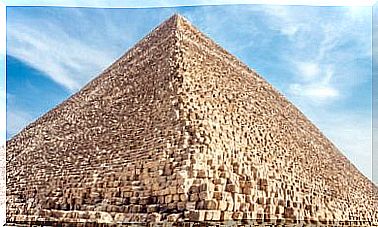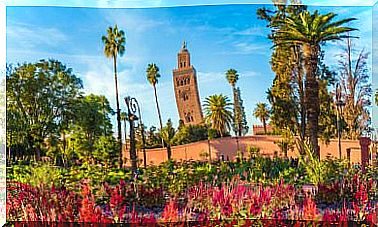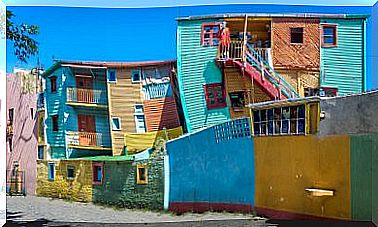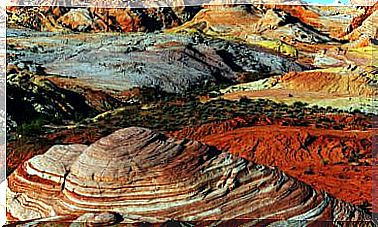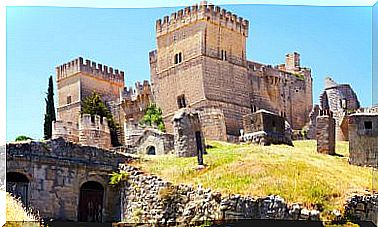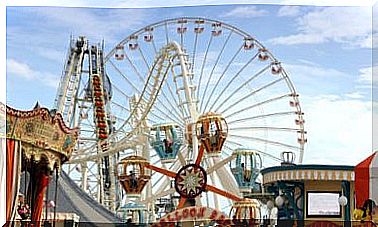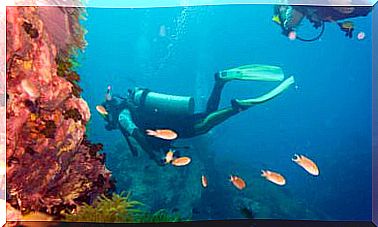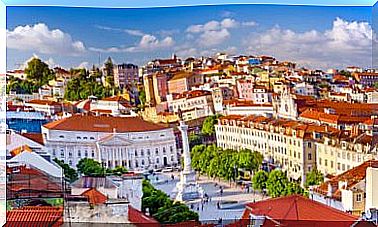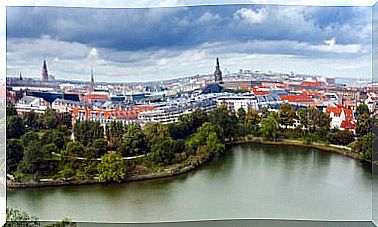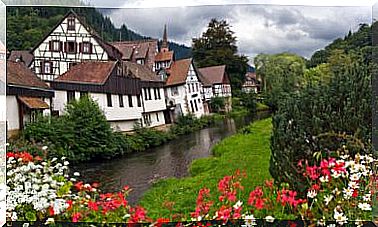The Gard Bridge, A Fantastic Roman Aqueduct
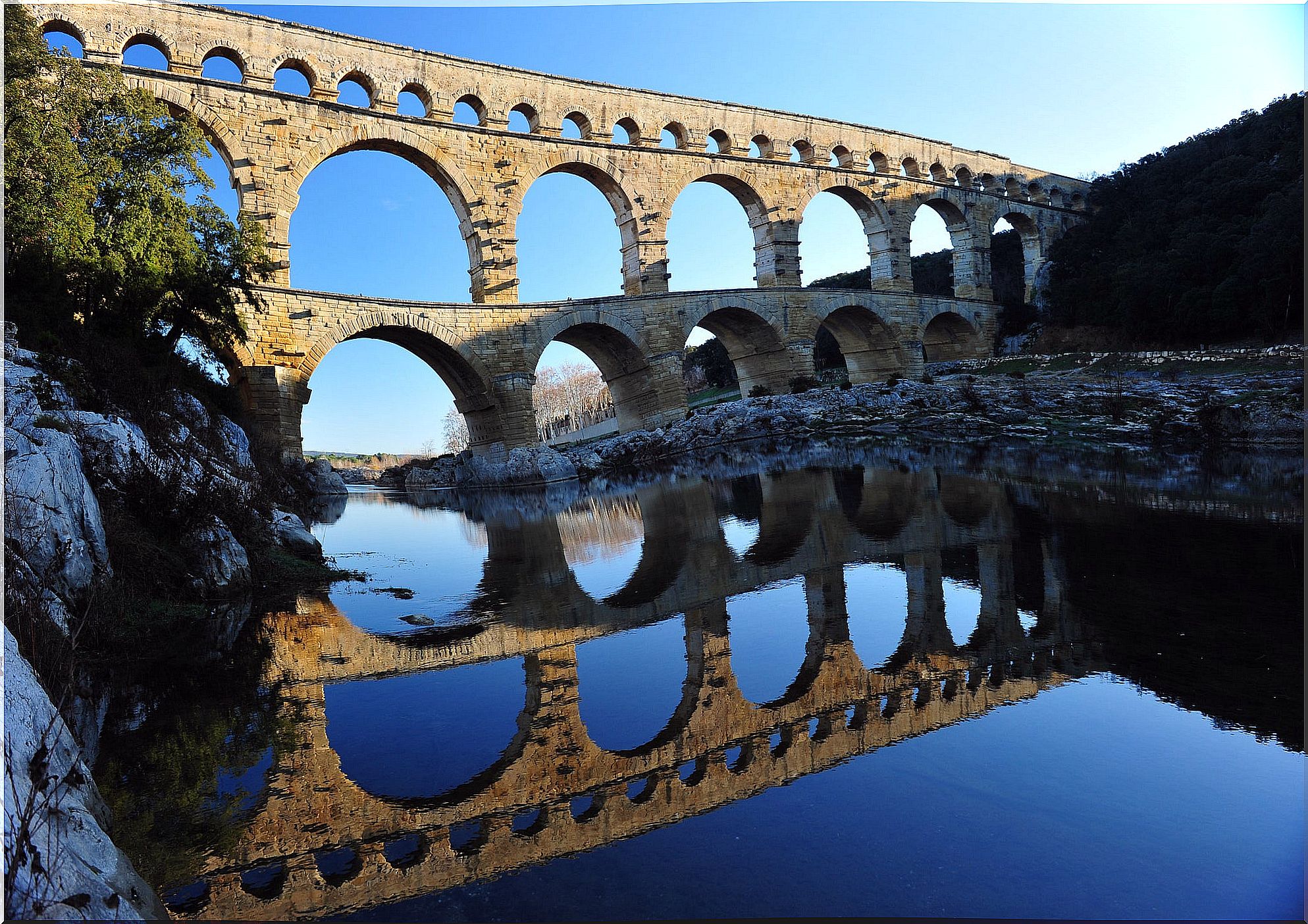
The Gard Bridge is a spectacular aqueduct located in the south of France. More specifically next to the village of Remoulins, in the Gard department. It was built by the Roman Empire and, after serving various functions, it has become one of the country’s tourist attractions. If you want to know more about him, keep reading.
The history of the Gard bridge
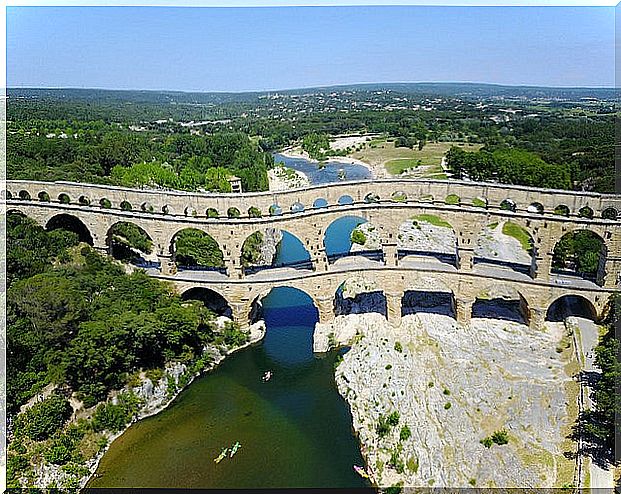
In the 1st century AD Nîmes was in full swing. Its expansion was rapid, reaching 20,000 inhabitants. To increase its prestige, but also due to the need to have a large amount of water for the hot springs, fountains or to carry out daily household tasks, it was decided to equip the city with an aqueduct. Thus the Gard Bridge was born .
The aqueduct functioned during the 2nd and 3rd centuries AD. C., a period in which grandiose baths were built in Nîmes and in which water played a major role in everyday life. In the fourth century, the lack of maintenance caused the vegetation to grow in the canal and the flow was considerably reduced. Hence, in the 6th century it was definitively abandoned.
It was not until the Middle Ages when it was given a function again : that of being a place of passage for those who went from Uzès to the Beaucauire fair and, therefore, had to cross the river. In this way, to facilitate the movement of people, as well as animals and carts, the stacks of arches on the second level were widened and access ramps were excavated on each slope.
In 1702 the pillars were restored to their original thickness to safeguard the aqueduct. Although a year later a new bridge was built so that road traffic could cross there. Already converted into a tourist attraction, since the extraordinary quality of its masonry attracted masonry travelers, it underwent a restoration in order to ensure its maintenance.
Characteristics of the Gard bridge
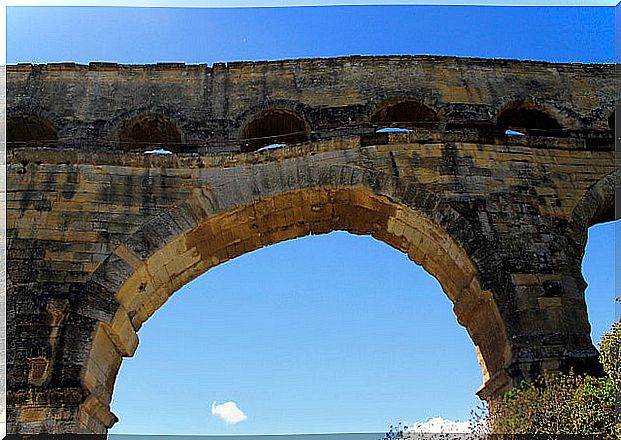
The Gard Bridge can boast of being one of the tallest aqueducts in the Roman world, as it rises some 50 meters. It is distinguished from others by its imposing dimensions and the opening of its arches, the largest measuring 24.52 meters. Likewise, it is made up of three levels of arches: six arches in the first level, eleven in the second and forty-seven in the third.
It was built without using mortar, so the stones, some of which weigh up to six tons, are held together by iron staples. The façade they form still preserves the traces of the organization of the works, such as the numbering of the stones or the support points of the scaffolding and the cranes. You can also see the inscribed names of some mason travelers.
The aqueduct is perfectly preserved, which is reflected in the various recognitions it has achieved over the years: in 1840 it was inscribed on the list of great monuments of the Commission of Historical Monuments; in 1985 it was classified as a World Heritage Site by UNESCO ; and in 2004 it received the Great Site of France label.
Natural environment
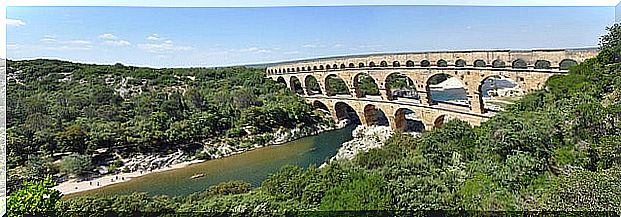
The Gard Bridge not only stands out for its architecture, but also for the wonderful environment in which it sits: over the Gardon River and surrounded by Mediterranean scenery . Precisely, in the place there are traditional crops such as vineyards, cereals and olive trees. Meanwhile, on the wettest shore there is a tree-lined avenue where you can enjoy a pleasant walk.
On the other hand, a step away from the Gard bridge there is an outdoor exhibition of the different landscapes that we can find in the Garriga. It is called Memorias de la Garriga and aims to present the evolution of the Mediterranean landscape and, at the same time, preserve it. The visitor is free to choose the itinerary to follow. But whatever your choice, there is an explanatory panel to help you get your bearings.
Cover photo: Tiberio Frascari
